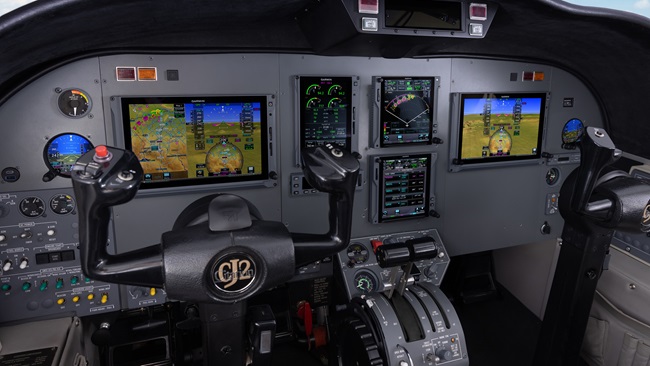Light at end of NavWorx tunnel?
Resolution of proposed AD may be nearing
A statement released by NavWorx indicates that a resolution to the airworthiness directive (AD) proposed by the FAA on Oct. 20, 2016, against NavWorx’s ADS600-B universal access transceiver (UAT)—which provides Automatic Dependent Surveillance-Broadcast (ADS-B) Out and In—may be near. The proposed AD sought the removal of certain NavWorx UATs, including the company’s non-TSOed ADS600-EXP, from an estimated 800 general aviation aircraft in which they have been installed.
ADS-B uses GPS satellites instead of ground-based radar to determine aircraft position, and is a fundamental technology behind the FAA’s Next Generation Air Transportation System (NextGen). The FAA has mandated ADS-B Out equipage for operations after Jan. 1, 2020, in any airspace where a transponder is required today.
NavWorx will soon release program details outlining “the entire resolution,” which will range from simple software updates to system exchanges, Moffitt said, adding that he and the NavWorx staff are committed to providing the most affordable ADS-B systems for many years to come. He thanked customers for their patience.
The FAA has not issued a final rule on its proposed AD, and it is required to consider each of the 195 comments submitted to the docket. However, in mid-January, several owners of NavWorx-equipped aircraft reported that they had been contacted by the FAA, which was working to obtain information it was unable to obtain from the company. The owners were told at the time that a final rule might be somewhere between 30 and 90 days away—so absent any unexpected delays, the proposed AD could be resolved by April.
“AOPA is encouraged by NavWorx’s statement that this matter will be resolved in the near term,” said Justin Barkowski, AOPA director of regulatory affairs. The association has been urging NavWorx to work with the FAA to address the concerns raised by the proposed AD, he added.
In its comments on the proposed AD, AOPA recommended that the FAA provide owners with additional information on the UATs’ reported deficiencies, as well as greater clarity on the necessity of the proposed AD. AOPA also asked the FAA to clarify the meaning of “uncertified GPS source,” as used in the notice of proposed rulemaking, as well as whether the FAA intended to apply the proposed AD to experimental aircraft.
The FAA initially issued an unapproved parts notification on Oct. 14, 2016, affecting NavWorx UATs with part numbers 200-0012 and 200-0013. The agency proposed the AD on Oct. 20, then suspended the company’s technical standard order authorization for the affected TSOed UATs on Nov. 21.
The FAA had expressed concern that the affected UATs may contain an internal GPS receiver that does not meet the FAA’s minimum ADS-B performance standards. NavWorx ADS-B transceivers with part numbers 200-0112 and 200-0113 contain a different WAAS GPS position source and are not subject to the proposed AD or any of the FAA’s other regulatory actions.




